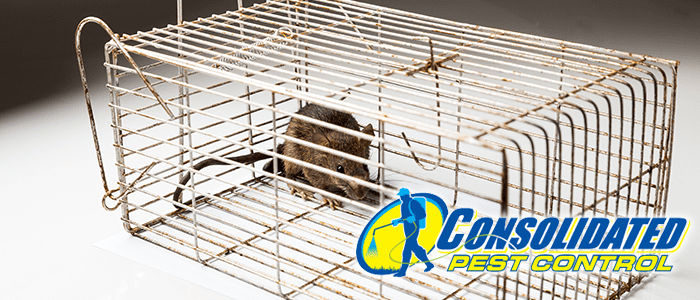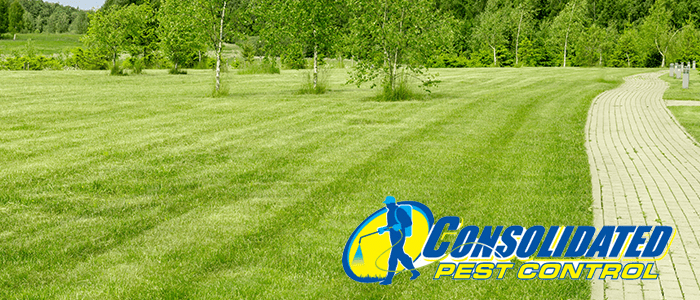
Mice are one thing. They’re pretty small; it’s easy to imagine them wriggling their way into small holes or chewing through thin bits of siding to work their way inside. But when you and your property has a bigger problem than that, you might find yourself wondering how on earth they got in. After all, it’s not like you open your door and let the neighborhood rats have a party. Surprisingly, there are more ways than you might think for rats to make their way into your house. We’ll go over some of the most likely points of entry, and how to protect yourself and your family from animals that can carry disease and unsanitary conditions right into your home.
Common Entry Points for Rats
Even though they are much bigger than mice, rats can fit into spaces with entrances as small as a quarter. If your foundation has any cracks, it’s important to patch them up as soon as you can and be sure to do the same for your walls. As rats primarily run around along the ground, the base of your property should be the first place you go when thinking about pest-proofing your home from rats. However, rats are also adept climbers. Trellises, vines, and even storm drains are popular spots for rats to approach.
Vents
For this reason, you’ll want to examine the edges and surfaces of any vents on the outside of your home. While the vent itself may not have any large openings, it’s important to examine the security of your vents along the edges and in spaces between screws, as rats are able to push on the cover and wriggle inside. Once in your ventilation system, rats can begin spreading diseases as they produce waste and track germs in from outdoors.
Chimney
You’ll also want to take a look at your chimney, especially in the colder months. There is even a specific variety of rats that specializes in rooftop habitation, and the warmth of a chimney presents an exciting entry point for a rat. In this case, consider a screen mesh cover for your chimney to keep rodents out. While you’re up there, examine any roof cap plugs you may have to ensure this important rooftop feature isn’t allowing rodents into your attic.
Gaps
Similarly to vents, rats can enter through gaps around your windows, such as spaces between your home’s siding and the window frame itself. Once in the siding, a rat will typically begin chewing at the wood of your home around pipes and wires in order to create a gap large enough to enter your home. They can also do this at the corners of your home, where two panels of siding meet.
Less Common Entry Points
If that sounds like a lot, that isn’t the half of it. If you have old pipes plugged with anything less than cement accessible to an alleyway or grassy property, rats can and will chew through whatever is blocking up the pipe and enter the plumbing system. It may sound like the stuff of legends, but it is true that in dense urban environments with open sewer systems, rats may enter sewer lines with entries small enough for them to navigate. You’re unlikely to run into a rat this way, but if you do, you’ll want to close off the bathroom and get on the phone with a professional.
In Conclusion
Rats present a clear danger to families and properties. In trying to manage rats yourself, you run the risk of moving them around your property and spreading the damage rather than killing them. A pest control professional will be able to appraise your property for hidden entry points and build a solution tailor-made for your specific needs. Don’t do it alone – Call Consolidated Pest Control today.








